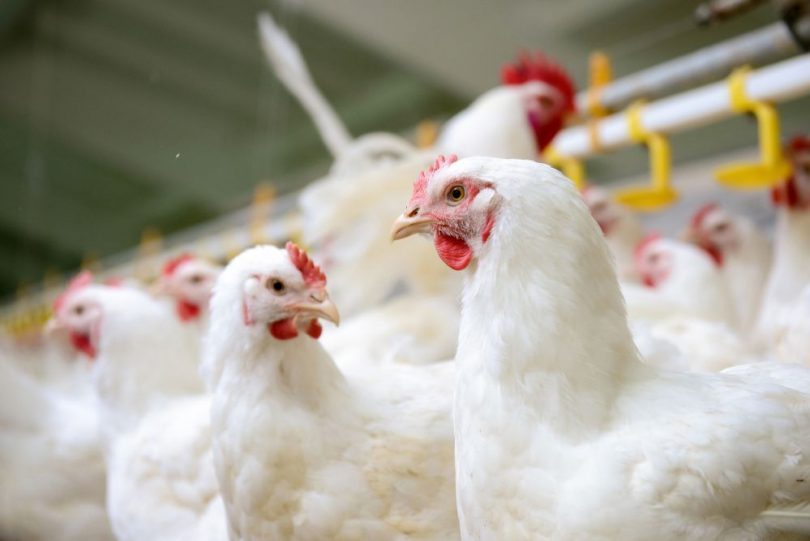In pursuit of greater productivity and better production quality, agroindustries around the world have been working to one of the most important factors to increase profitability and achieve sustainable growth: animal comfort.
Concerns with animal welfare is a global trend that began in cattle breeding raising as a strategy to increase milk production, but gradually has extended to animal production in general, in particular poultry farming.
Do you want to better understand the influence of animal comfort on the productivity and profitability of poultry farming? Check it out!
The 5 principles of animal welfare
Although not a new concept – early studies began in the sixties – the science of animal welfare does not yet have an exact scientific definition.
However, the FAWC (Farm Animal Welfare Committee), a group dedicated to studying and spreading the concepts of animal welfare, instituted the 5 basic principles needed for the life quality of animals.
According to this theory, the animals must be:
- free from fear and stress;
- free from hunger and thirst;
- free from discomfort;
- free from pain, injury and diseases;
- free to express their natural behavior.
These 5 principles of animal comfort allow producers to set basic guidelines for handling and dealing with these species, knowing their behavior, investing in prevention and effective treatment
of diseases, and prioritizing biosafety.
Animal comfort in poultry farming
Promoting animal comfort and maintaining concern for the welfare of poultry during all growth phases is not only an ethical or humanitarian issue.
Sanitary and evidence-based management measures for animal health and safety are increasingly basic requirements for international trade.
In addition, maintaining animal comfort can increase productivity, reduce expenses and significantly improve production quality.
To reach an appropriate level of care for the poultry farming welfare, there are some indicators that must be constantly evaluated during the creation and processing of poultry:
Handling care
Training producers and staff who deal directly with poultry is crucial to ensure animal comfort during transportation, loading and handling.
It is recommended to avoid sudden movements and excessive noise in dealing with animals to prevent causing unnecessary fear, anxiety and stress.
Disease and injury control
The debeaking practice, strict control of vaccinations and the establishing of sanitary measures that prevent the spread of disease-causing pathogens are necessary strategies to keep poultry healthy and increase productivity.
Food and water supply
One of the most important factors in promoting animal welfare is the constant supply of quality water and food in appropriate quantities for its growth and development.
Thermal comfort
Several parameters must be observed to determine the thermal comfort situation in poultry farming:
- the body temperature of the poultry under normal conditions is 41°C:
- o 8°C under normal temperature sets hypothermia;
- o 4/C above normal temperature indicates hyperthermia;
- the temperature of the environment varies according to the poultry development stage:
- o chicks (from 1 to 7 days): from 31°C to 33°C;
- o adult poultry: from 21°C to 23°C;
- relative air humidity should remain between 65 and 70%;
- the poultry sheds need to have fans, exhaust fans or water spray devices.
Room and storage
According to the guidelines of the Brazilian Poultry Association (UBA), the maximum housing density is 15 to 16 poultry per square meter, around 39 kg/m².
The poultry should also, for most of the time, be free to express their natural behavior.
Animal comfort is one of the factors that have the greatest impact on productivity and quality of poultry production. A small investment in the poultry welfare can have a great return to the farmer.
And you, do you still have questions about how to promote animal comfort in your farm or industry? Have you had good results with any technique to promote poultry welfare? Add your comment!

